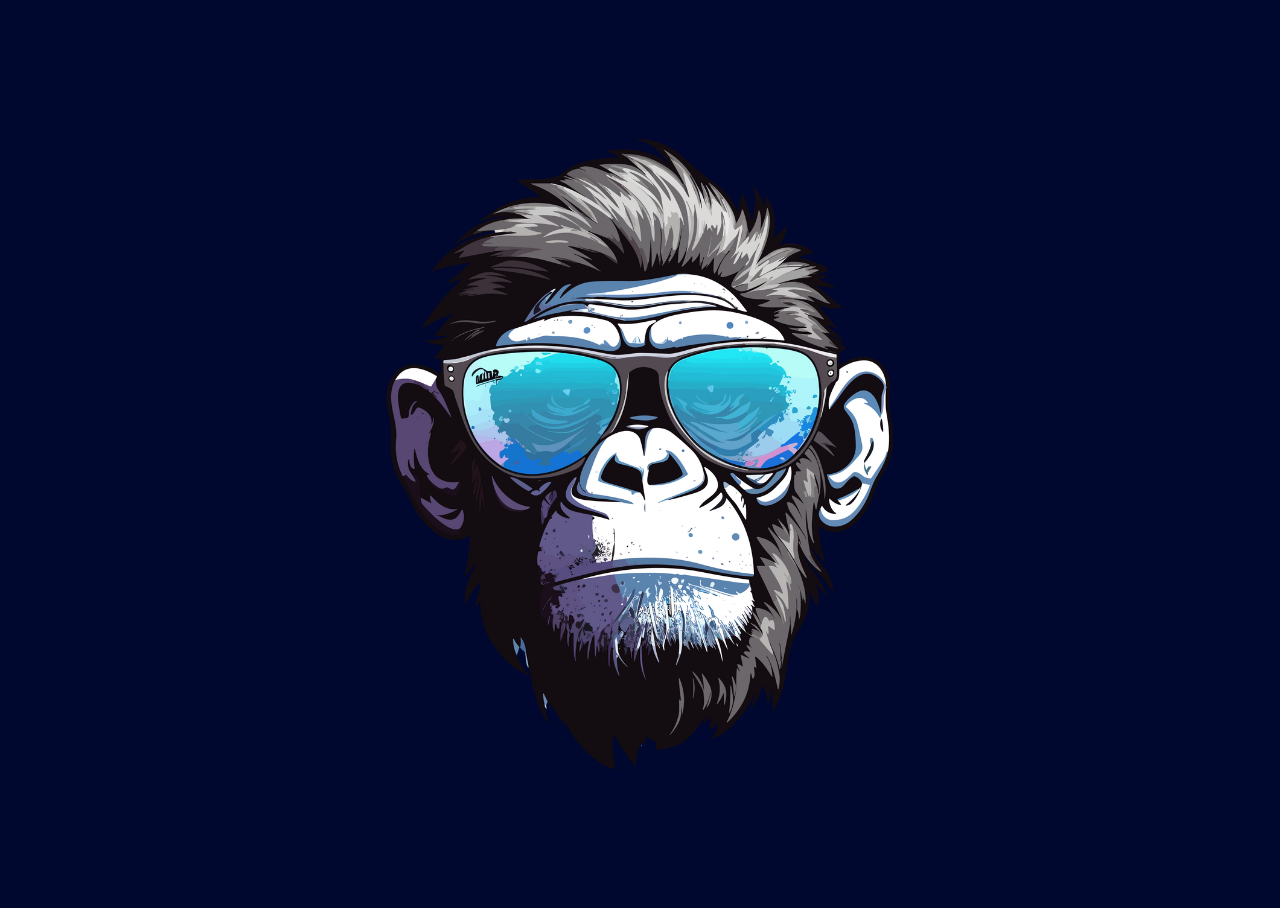Win32 APIs, also known as Windows API or Win API, serve as the interface between applications and the Windows operating system, facilitating access to system resources, low-level operations, and robust application development. This integral component of Windows programming offers diverse services including window management, file operations, device I/O, networking, and more. Any developer looking to...
This website uses cookies so that we can provide you with the best user experience possible. Cookie information is stored in your browser and performs functions such as recognizing you when you return to our website and helping our team to understand which sections of the website you find most interesting and useful.













